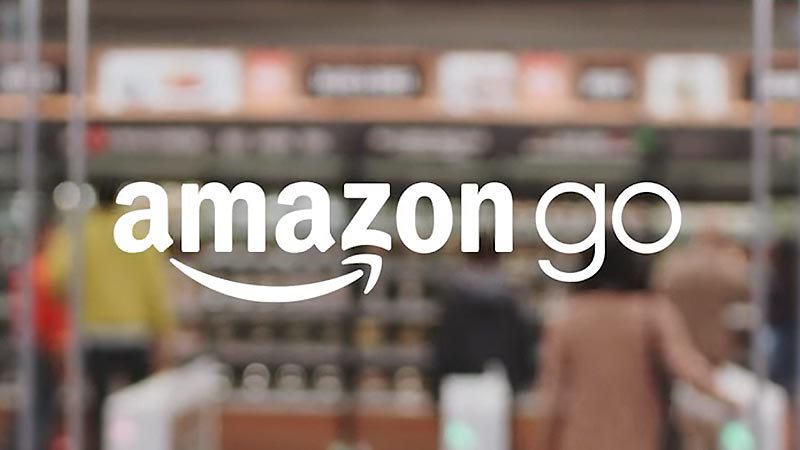Amazon are no strangers to the retail game, although in a world where more and more purchasing is happening online it may seem odd to see an e-commerce giant open a brick-and-mortar store.
This new store; located in 7th Avenue Seattle, is a relatively small 1,800 sqft and is the prototype for Amazon’s new “Walk Out” technology. Amazon are keeping a tight lid as to exactly what this technology is, but here, the patent they filed in 2014 shows a few interesting components including audio positioning and computer vision to detect changes to product shelves. The premise is that you use their companion app, which tags you on entry to the store and begins a virtual shopping cart, as you approach shelfs and remove products. Your position within the store; combined with the machine learning of the computer vision cameras tell exactly what you removed/placed back.
The patent even claims to potentially use the skin pigmentation colour as a variable to cover edge cases like multiple people reaching for a single shelf. This is potentially a revolutionary change in the way we approach retail. In fact, IBM thought so too back in 2006 when they made a concept video for a store with the same premise.
IBM’s solution was the less high tech and more labour intensive solution. They proposed tagging all products with RFID tags (a couple thousand tags could be acquired for less than 100 euro), though it is unsure how those prices would stack up against the cost of an amazon hosted smart-store complete with camera, infrared sensors, multi directional microphones and shelve pressure plates (according to the patent).
These questions are relegated to mid-2017 though when they intend to go public, currently, the first store is an on-site staff-only affair. From a consumer point of view, the promise is the ease of checkout, the speed and simplicity,…. something technology is notoriously hard at delivering. I wonder how much simpler dealing with a low battery phone, overzealous kids dropping things into your cart and last minute mind changes will be. Something tells me it may have the same fate as the cashier-less checkout counters which from my experience are always attended by frustrated staff.
The question becomes, what problem are they trying to solve? At first glance the problem seems to be of knowing what products are in a consumer’s possession at all times, but really it is far simpler. The real question is “what is in the shoppers basket when they intend to leave?”. This could be solved far cheaper with a few “smart exits” instead of a constantly wired big brother store configuration.
Unless the objective is NOT to improve the speed of the shopping process but to better understand the consumer. This is far more realistic. e-commerce has lead to a plethora of analytics and tracking possibility.
With every digital user broadcasting mouse clicks, leaving a digital breadcrumb trail of their exploration of a digital store, This information empowers an online shop to redesign to support user requirements. To provide targeted advertising. TO allow complex and feature-filled search and filtering tools, and expedite the shopping process with the likes of ‘one-click’ checkout.
In this way brick-and-mortar retail has been sorely lacking. A shop is a physical entity with very little elasticity to change to the demands of its customers. Most of the trivial aspects on a web-platform are labour intensive in a real shop, decoration, moving around shelves, providing deals, changing prices etc…
Enter ‘The Internet of Things’ (IoT). The interconnection of smart devices. In a way, you are not shopping anymore, your phone is. Silently talking to the shelves, highlighting products you might like, drawing guiding lines on your phone to the products you want, allowing one-tap information on every aspect of a product’s ingredients, calorie content and much more. A smart assistant for you, and for the store the ability to understanding buying trends, provide better product and deal placement and gauge the efficacy of marketing etc.
In other words, Amazon is being very coy with the potential scope of this technology. The power behind sensor fusion far exceeds the simple task of calculating a shopping cart. This technology could potentially revitalize the walk-in shopping experience… if it works.


Recent Comments